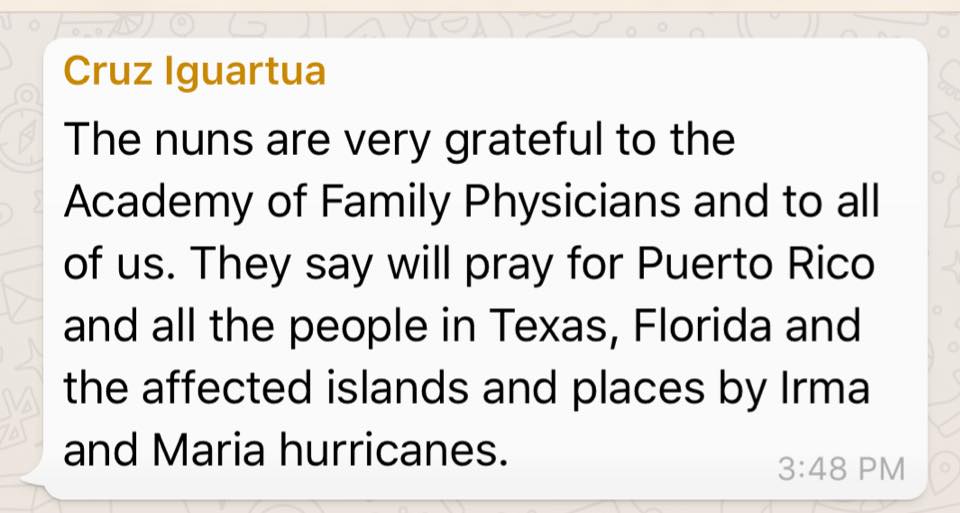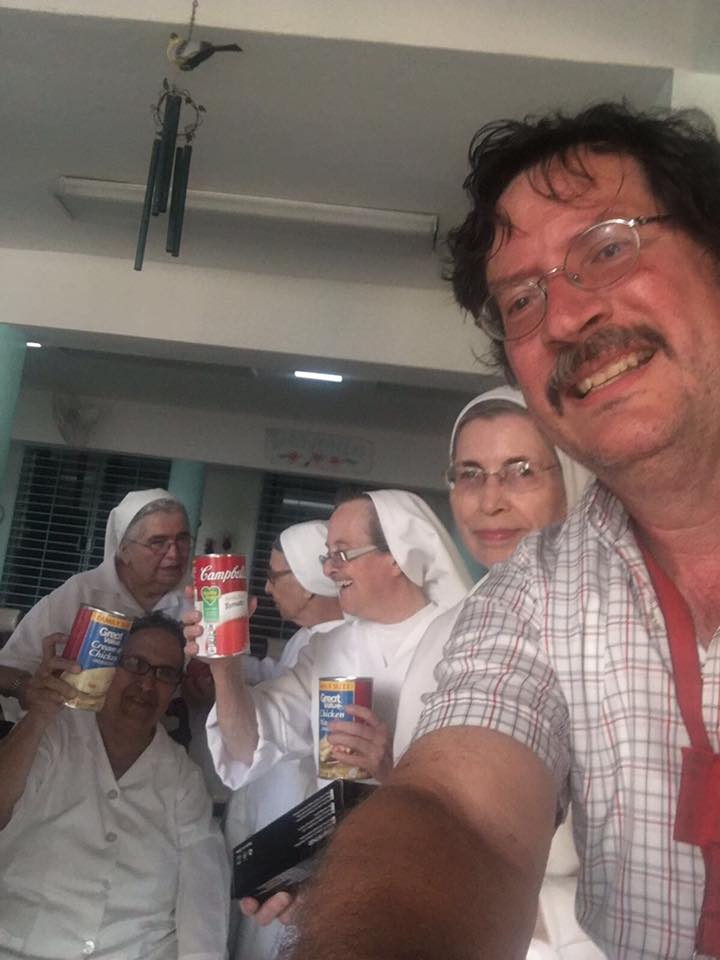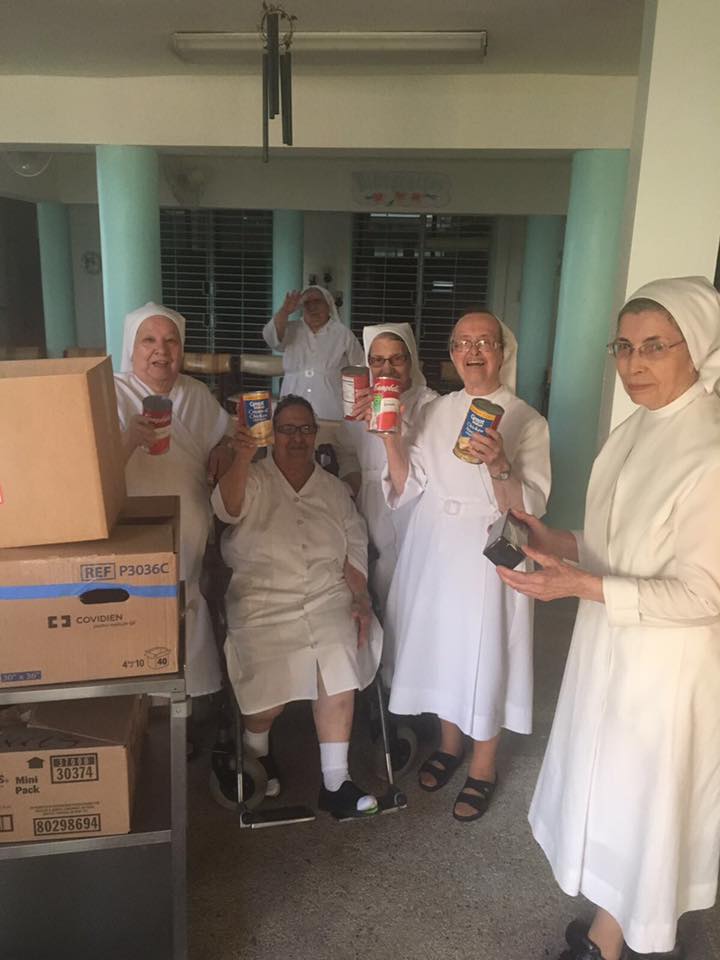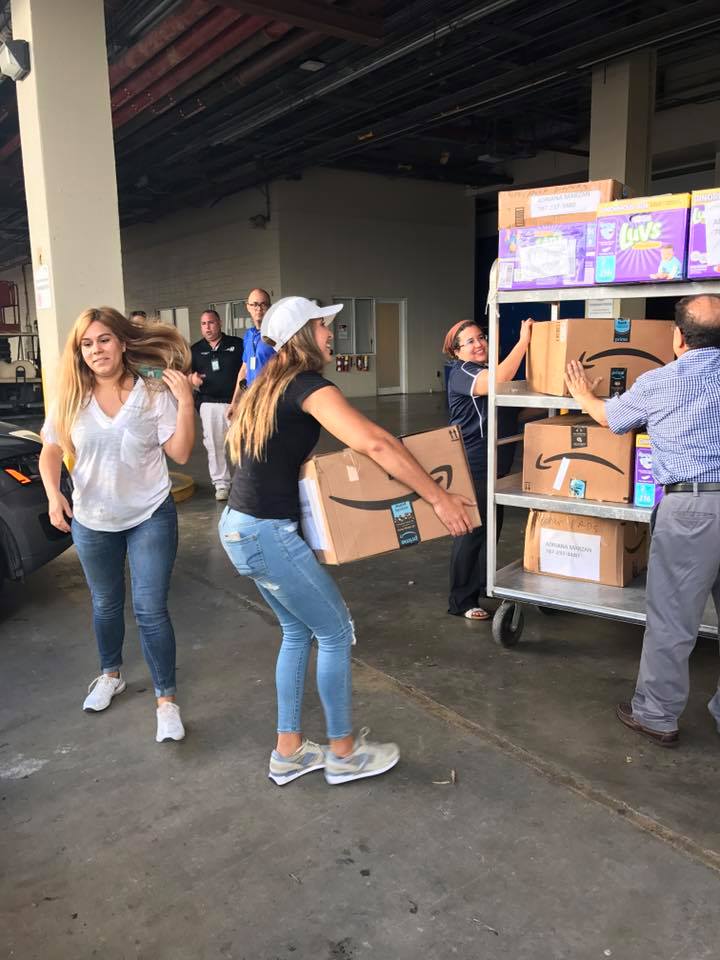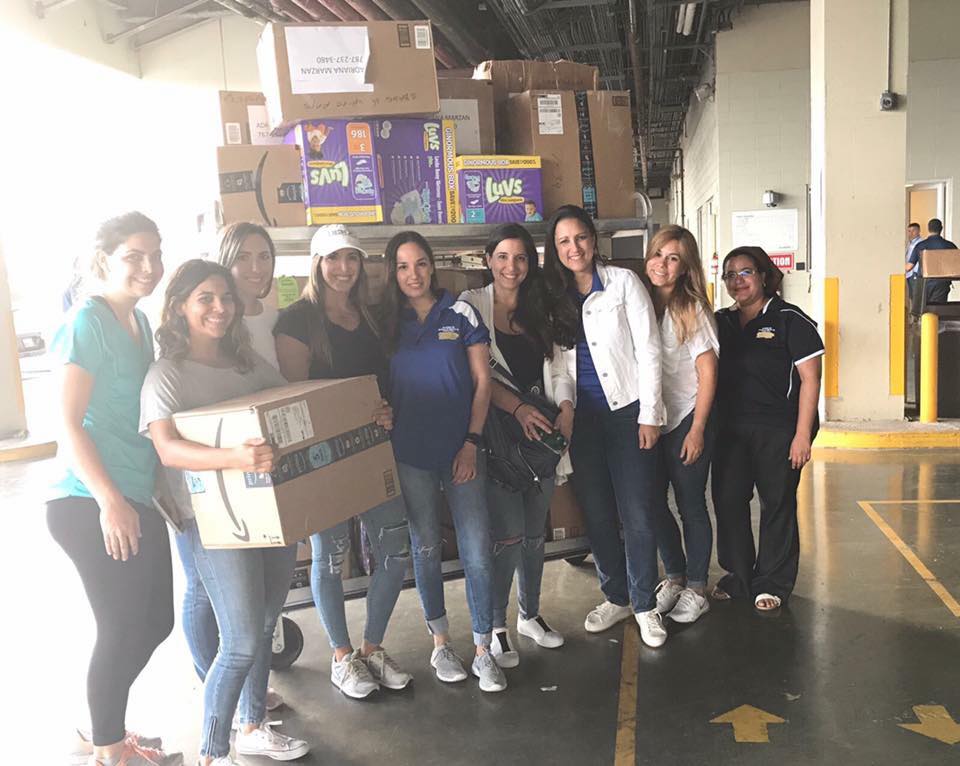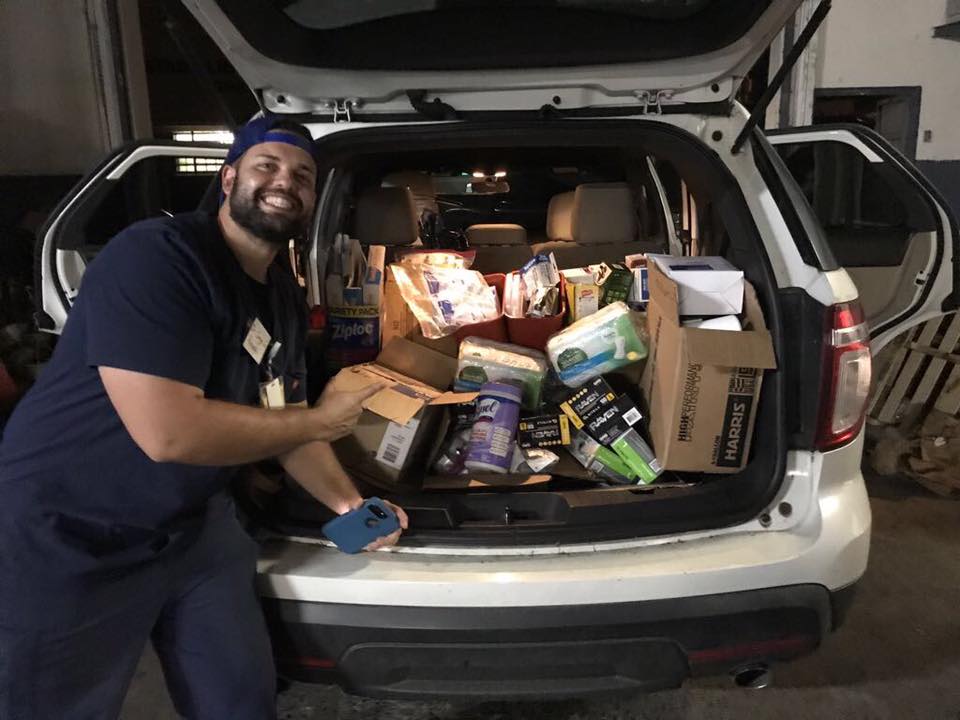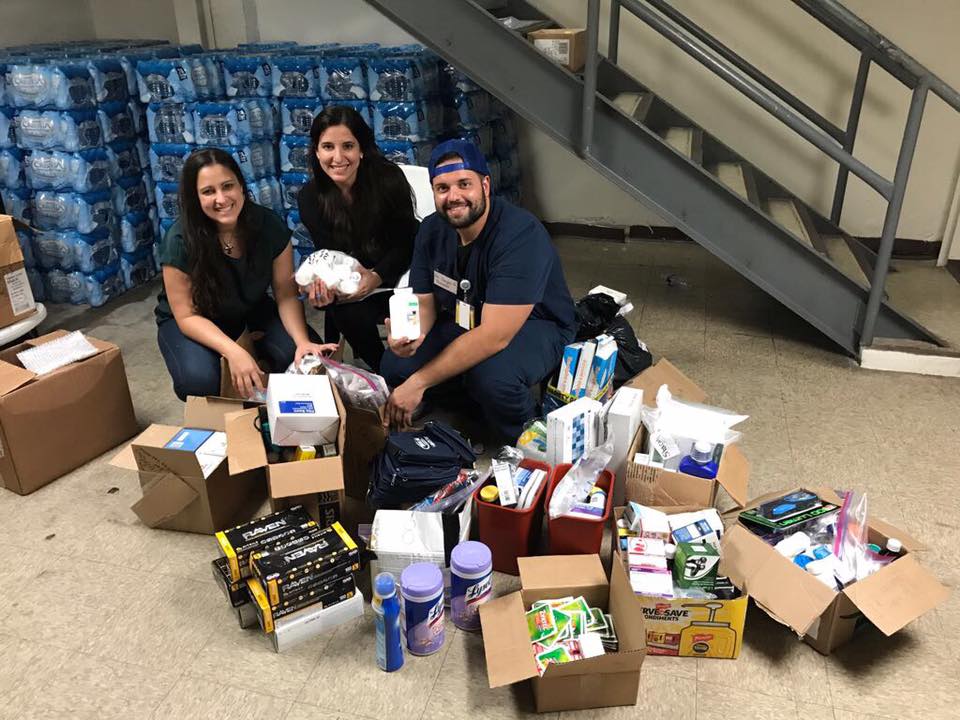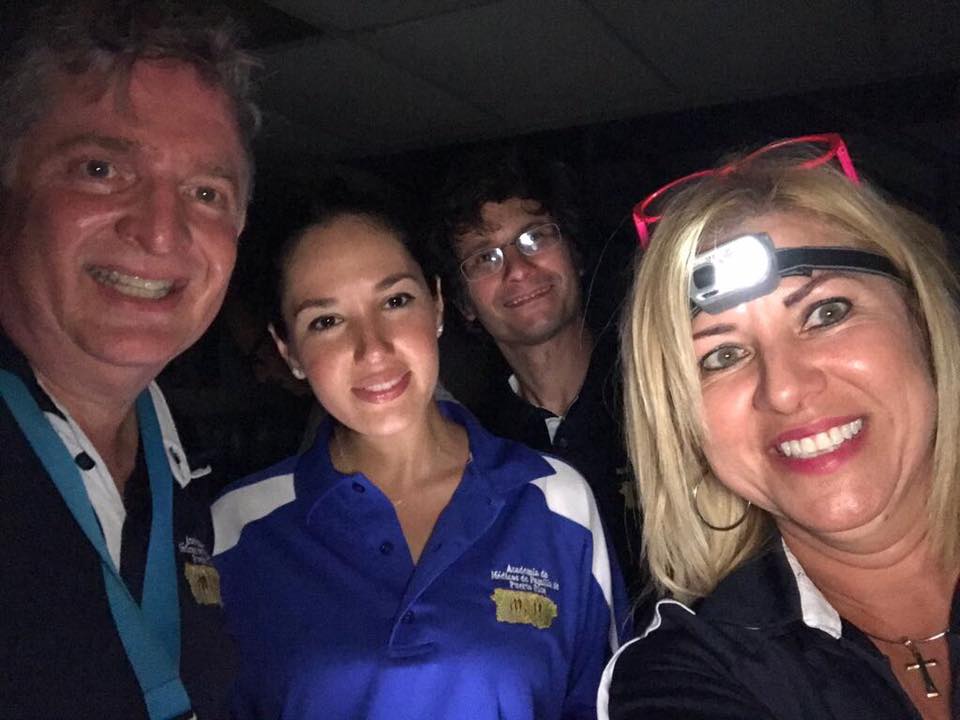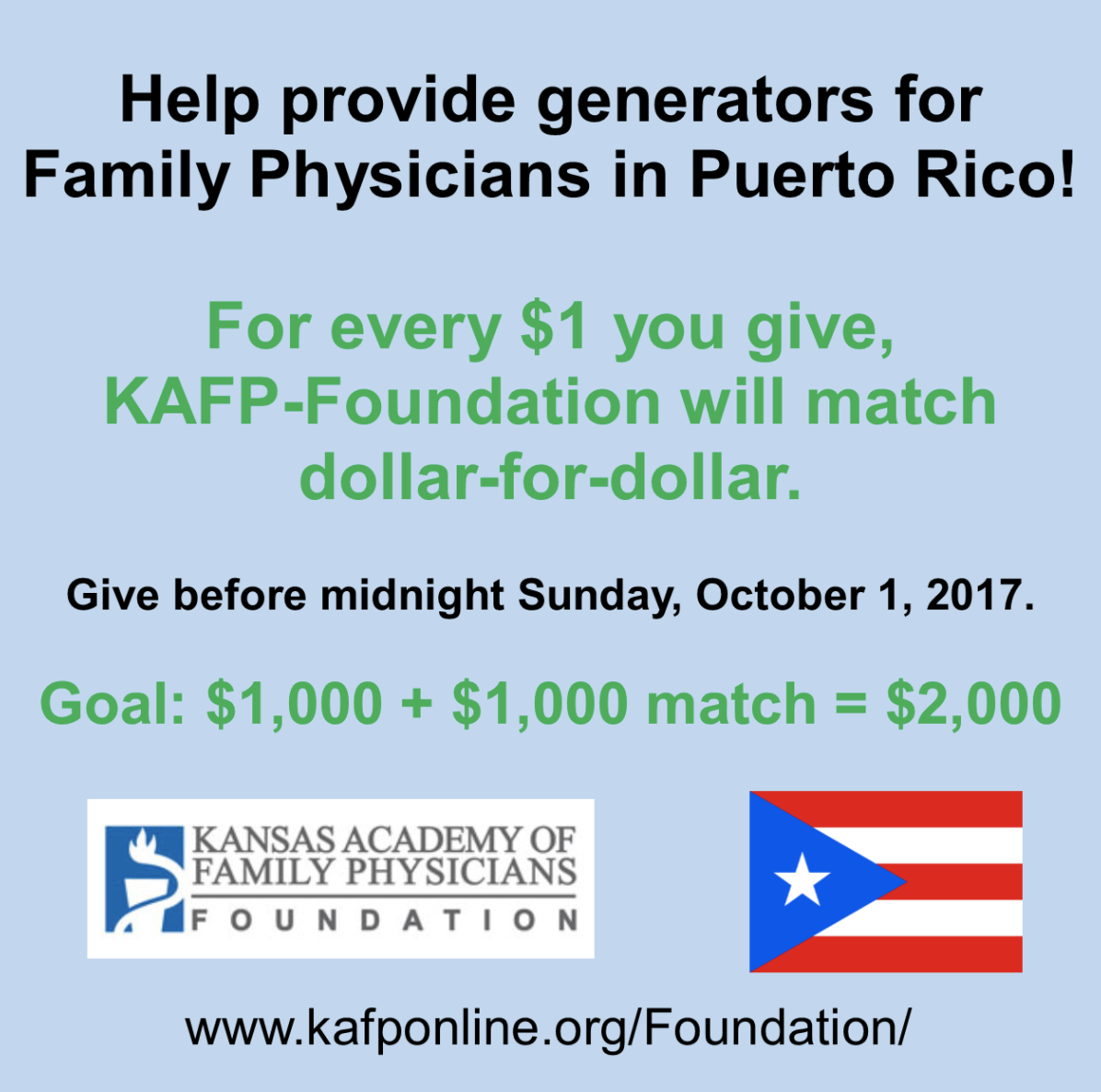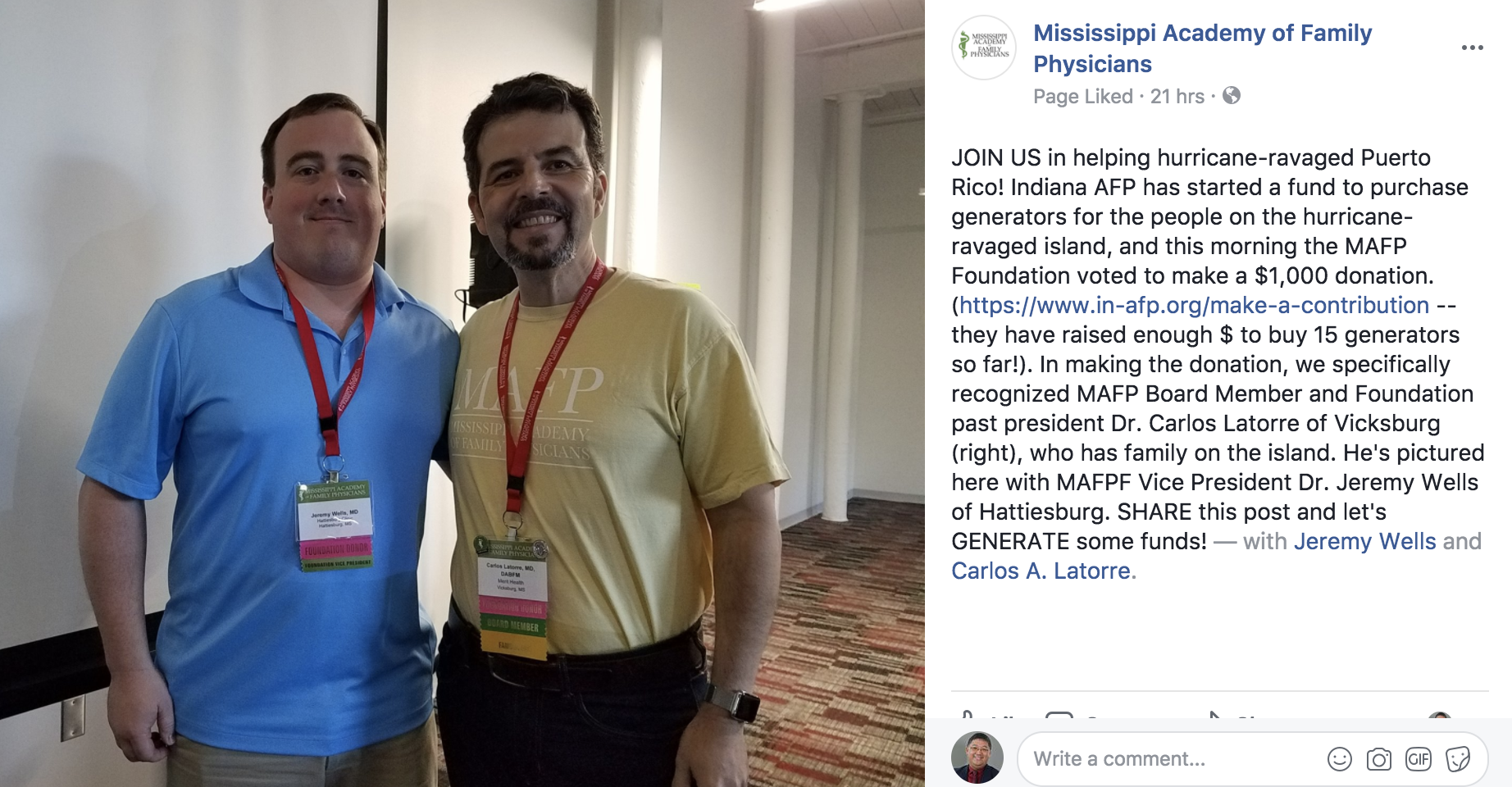Now that winter has officially begun, many of my patients are asking me strategies to maintain your physical and mental health. Here are six easy tips that not only can you use during the winter months, but all year around as well!
Winter Tip #1: Get Your Flu Shot
Earlier this month, the Ohio Department of Health raised the activity of influenza (the flu) to "Widespread," which is the highest level. This is one month earlier than last flu season. it's not too late to get your flu shot. Even though initial estimates state that this year's flu shot may not be that effective, "some" effectiveness is better than zero effectiveness if you skip the shot.
Winter Tip #2: Don't Spread Germs
These are things that we tell our children, but adults also need reminded to do things like wash your hands, use hand sanitizer, cover coughs properly (like in your elbow instead of coughing/sneezing into your hand), sometimes use the fist bump instead of the handshake, and know when to stay home when your sick.
Winter Tip #3: Clean Often-Touched Surfaces
In the workplace, regularly wipe down shared work spaces and equipment like copy machines, computers, and phones. At home, focus on surfaces like doorknobs, television remotes, and faucets - because bacteria can last here the longest.
Winter Tip #4: Say No To SAD
Seasonal affective disorder (SAD) is a type of depression that occurs only during the winter months and is helped with exposure to bright light. There are many consumer lights available on the market, and sometimes this helps better than medication treatment.
Winter Tip #5: Meditation Relaxation
"Winter blues" can also come from increased stress during the holidays and winter time. Trying to clear your thoughts and focusing on your breathing can really fire up your relaxation response. And, for those phone oriented, there are lots of apps out there to help discover your medication fascination
Winter Tip #6: Visit With Friends And Family
The cold and darkness of the winter months really can take a toll on our mental health. So, even though holiday time is the perfect time to spend time with friends and family, continue this as the new year begins. It could be the best thing for your mental health waiting for spring to get here.
Addendum: Thanks to WKBN-TV in Youngstown, Ohio for posting the accompanying story: "How To Stay Physically and Mentally Healthy This Winter."







